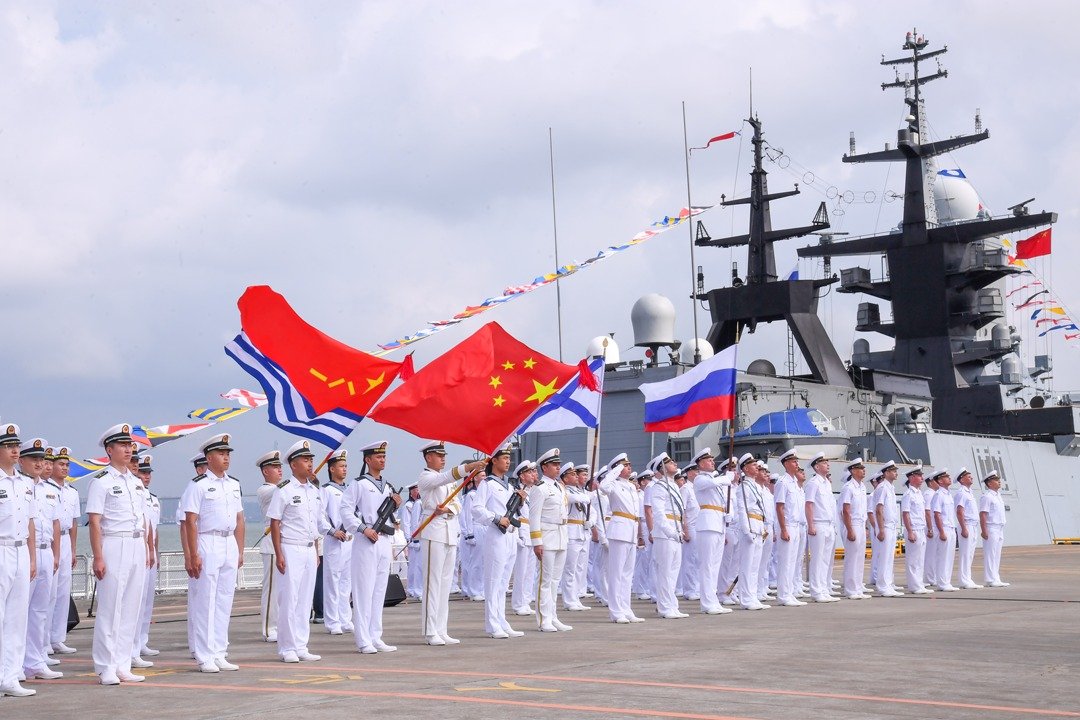Already a subscriber? Make sure to log into your account before viewing this content. You can access your account by hitting the “login” button on the top right corner. Still unable to see the content after signing in? Make sure your card on file is up-to-date.
China and Russia have officially kicked off joint naval exercises in the South China Sea.
The Chinese Ministry of Defense announced the commencement of the “Joint Sea-2024” drills along China’s southern coast, coinciding with recent NATO criticisms of Beijing’s support for Russia amid the ongoing war in Ukraine. These exercises will take place in the waters and airspace around Zhanjiang and will continue until mid-July. The Russian Ministry of Defense confirmed that the navy corvettes Gromky and Rezky have traveled from Vladivostok to participate in the drills.
China-Russia naval exercises "Joint Sea-2024" get underway in Zhanjiang pic.twitter.com/1hj5JKrIxm
— Zhang Meifang (@CGMeifangZhang) July 14, 2024
In a statement, the Chinese Foreign Ministry said the “joint exercise aims to demonstrate the resolve and capabilities of the two sides in jointly addressing maritime security threats and preserving global and regional peace and stability.” The ministry said the drills would “further deepen the China-Russia comprehensive strategic partnership of coordination for the new era.”

This announcement follows NATO’s call for China to stop supporting Russia’s war efforts in Ukraine. According to NATO countries, China has been indirectly aiding Russia by selling various parts and components used in Russian military equipment. For months, China has consistently denied these allegations, with some officials dismissing them as “Western propaganda.” Chinese Foreign Minister Wang Yi responded to the recent statements made by NATO countries, calling their claims “groundless accusations” and warning against “inciting confrontation.”
Additional Development:
In addition to the drills, the Chinese navy announced on social media that it had completed its fourth joint patrol with the Russian navy since 2021. According to Chinese media, the patrol started in the waters near South Korea’s Jeju Island in the East China Sea, then moved eastward through Japan’s Osumi Strait before heading south into the South China Sea.






